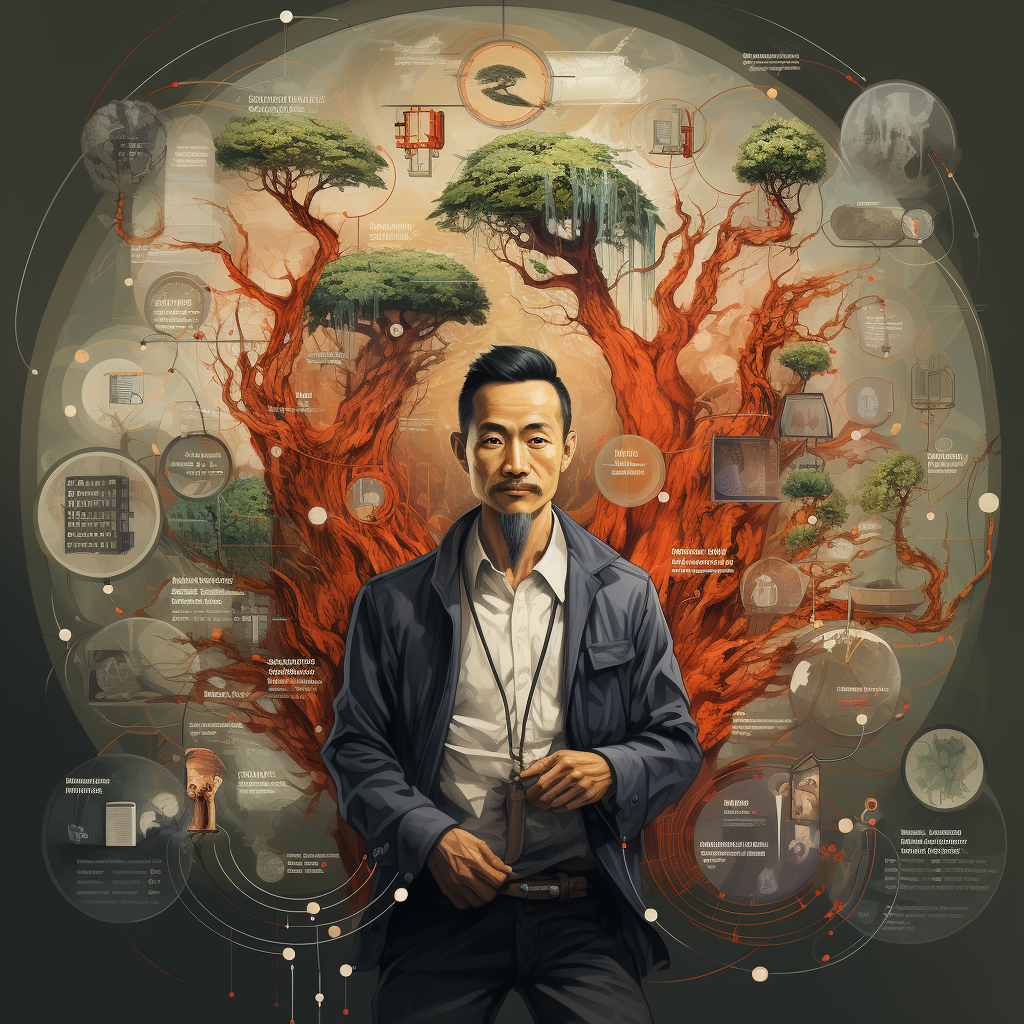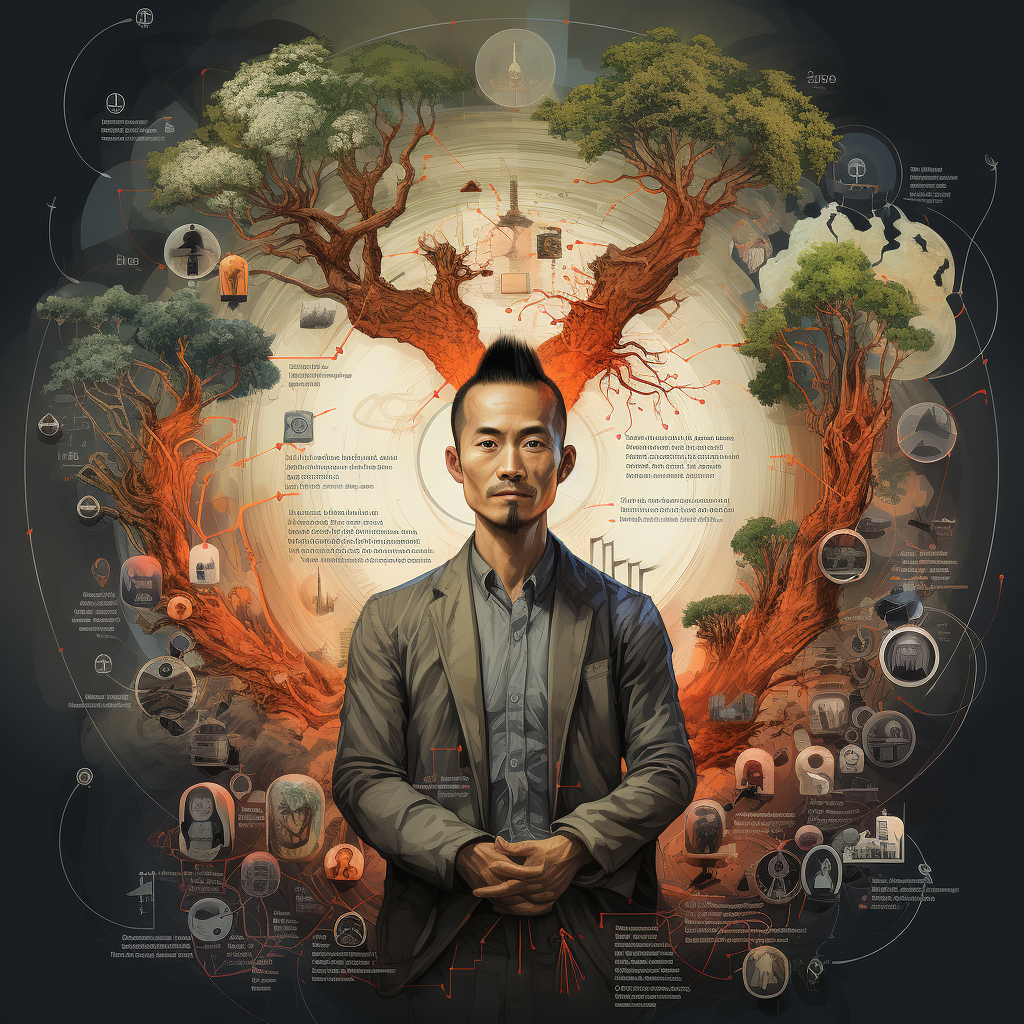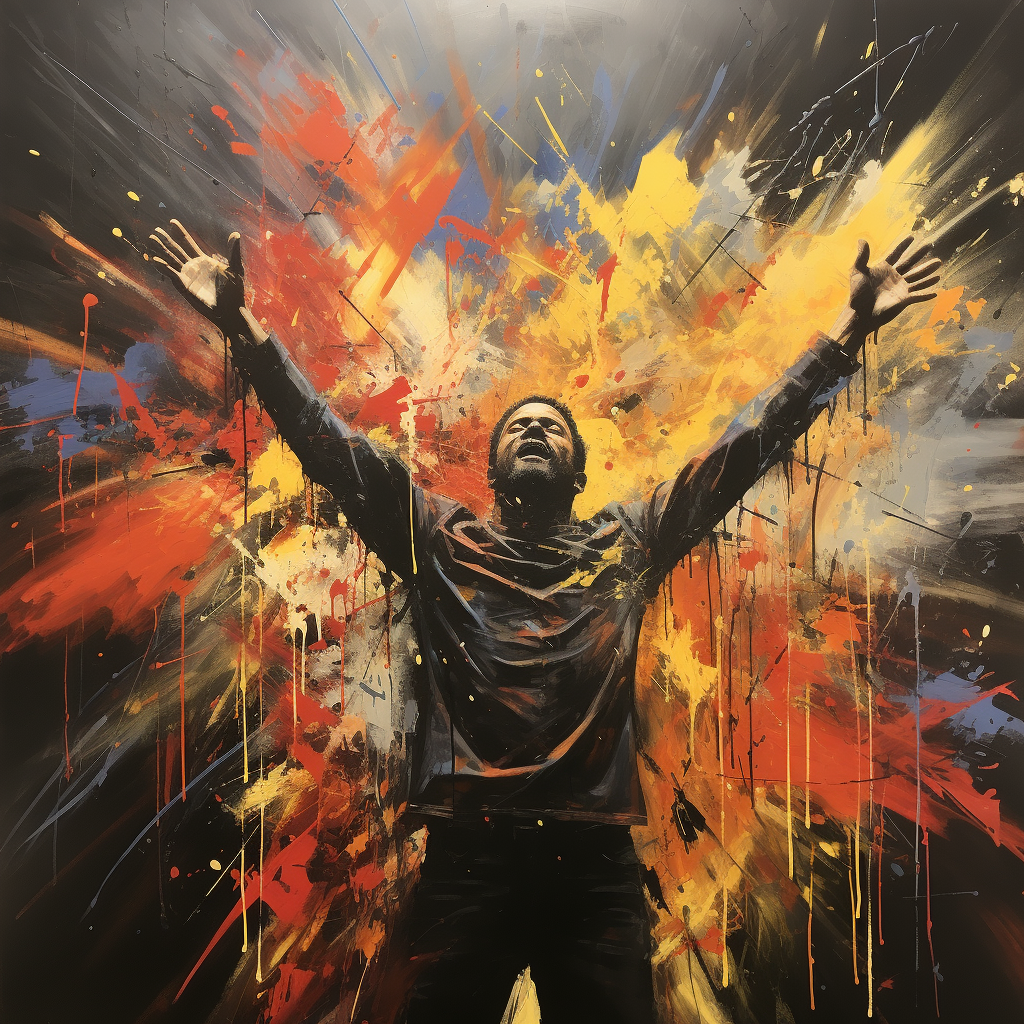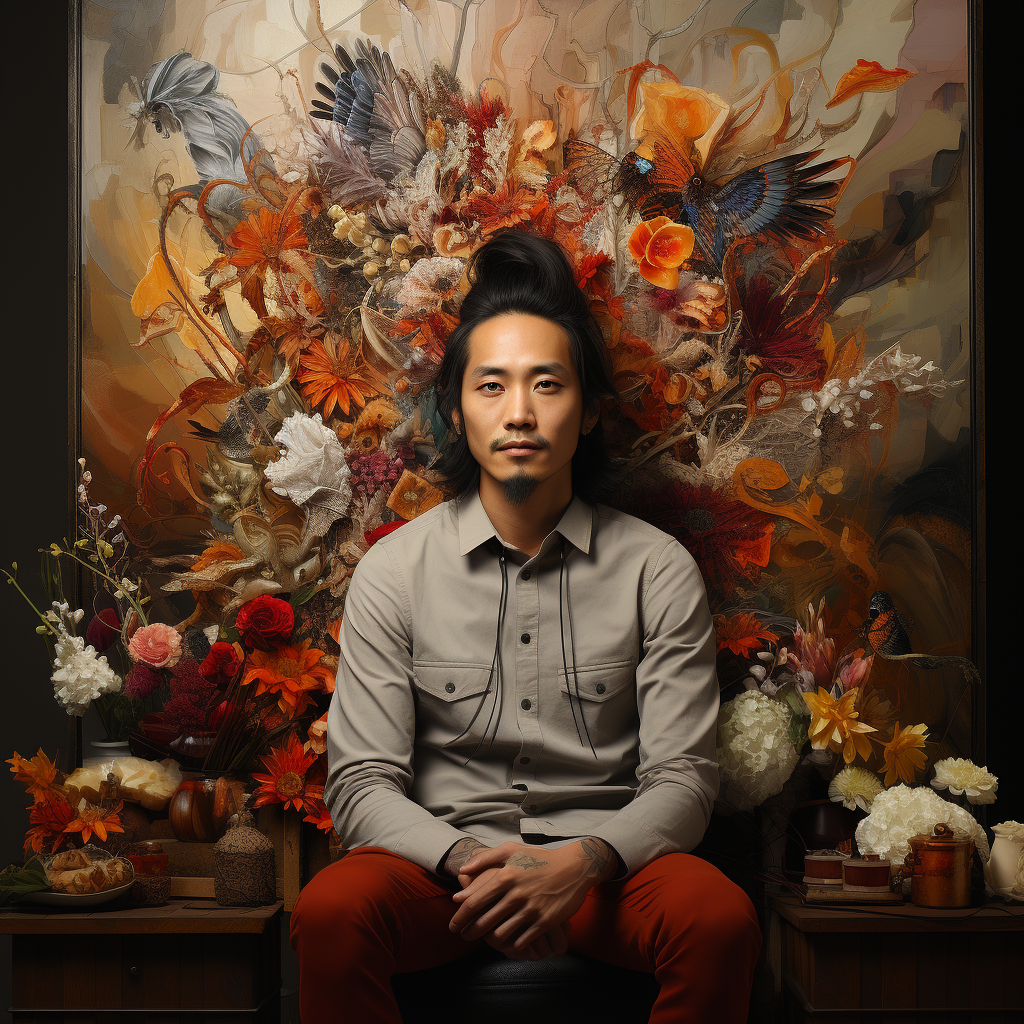In the vast expanse of our existence, one truth resonates above all: the core of our being is rooted in love, and each individual is a unique expression of the divine. This concept, both simple and profound, invites us to view ourselves and the world around us through a lens of interconnectedness and purpose.
The Truth as Love
At the heart of many spiritual and philosophical teachings lies the idea that truth and love are fundamentally intertwined. Love, in its purest form, is not just an emotion but a state of being. It’s a universal language that transcends cultural, religious, and social barriers. When we align ourselves with love, we align with a fundamental truth of the universe. This alignment allows us to live authentically, honoring our true nature and the essence of others.
Divine Expression in Individuality
Every creature, every person, every star in the sky is a distinct expression of the divine. Like myriad stars in the cosmos, each of us shines with our own light, contributing to the grand tapestry of existence. Our individual journeys, with their unique challenges and triumphs, are integral to the whole. In recognizing ourselves as expressions of the divine, we acknowledge our potential to impact the world in meaningful ways.
Free Will: The Power to Choose Our Path
Central to our existence is the gift of free will. It empowers us to choose our paths, to write our stories with either faith or fear. Each decision, each act, is a brushstroke in the painting of our lives. We are not passive spectators but active participants in creating our reality. The choices we make, driven by love or fear, shape not only our individual experiences but also the collective experience of our world.
Harmonizing the World through Our Song
Life is often likened to a symphony, with each individual playing a unique part in a greater harmony. When we understand our interconnectedness and the divine nature of our existence, we contribute to a symphony that is richer and more beautiful. Our actions, motivated by love and understanding, create ripples that touch the lives of others, fostering a world where harmony prevails over discord.
Faith and Fear: Architects of Reality
Our perceptions and beliefs are powerful architects of our reality. When we approach life with faith—in ourselves, in others, and in the universe—we open doors to possibilities and positivity. Conversely, when we let fear guide us, we limit our potential and cloud our vision. The choice between faith and fear is ours to make, and it’s a choice that shapes the world we experience and create.
Conclusion: Realizing the World to Be
In embracing the truth that we are all unique expressions of the divine, playing our part in the symphony of existence, we come to realize the world as a reflection of our collective thoughts, beliefs, and actions. It’s a world where love is the underlying truth, where every individual’s free will shapes the collective experience, and where faith and fear write the stories of our lives. As we navigate our journey, let us choose love, embrace our divine nature, and harmonize our world with the beautiful song of existence.














